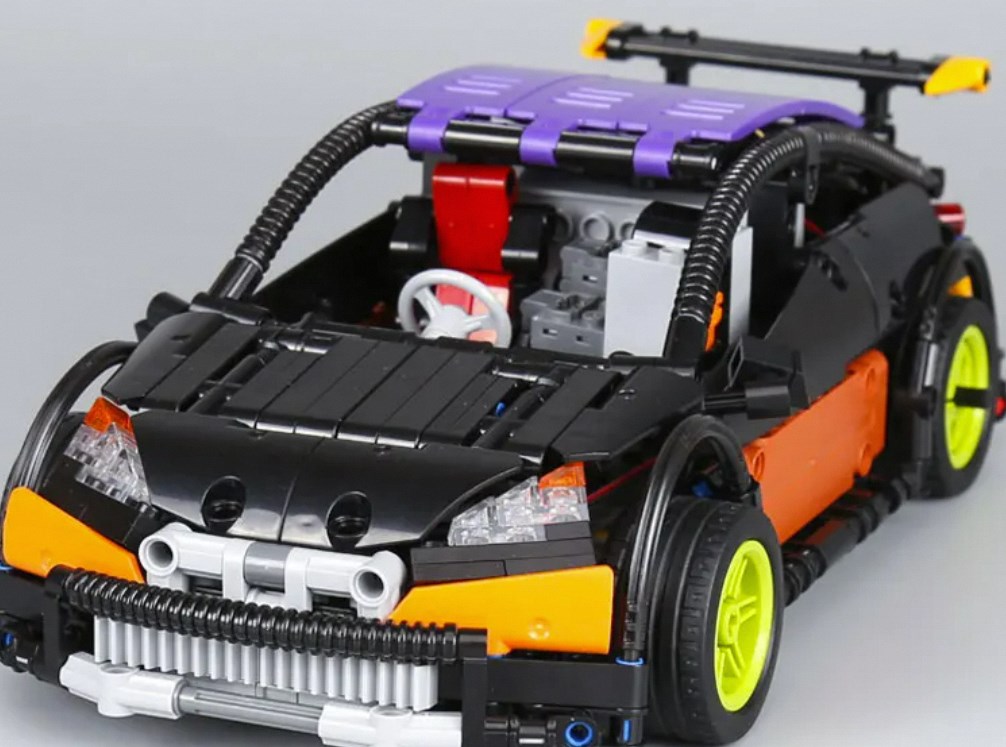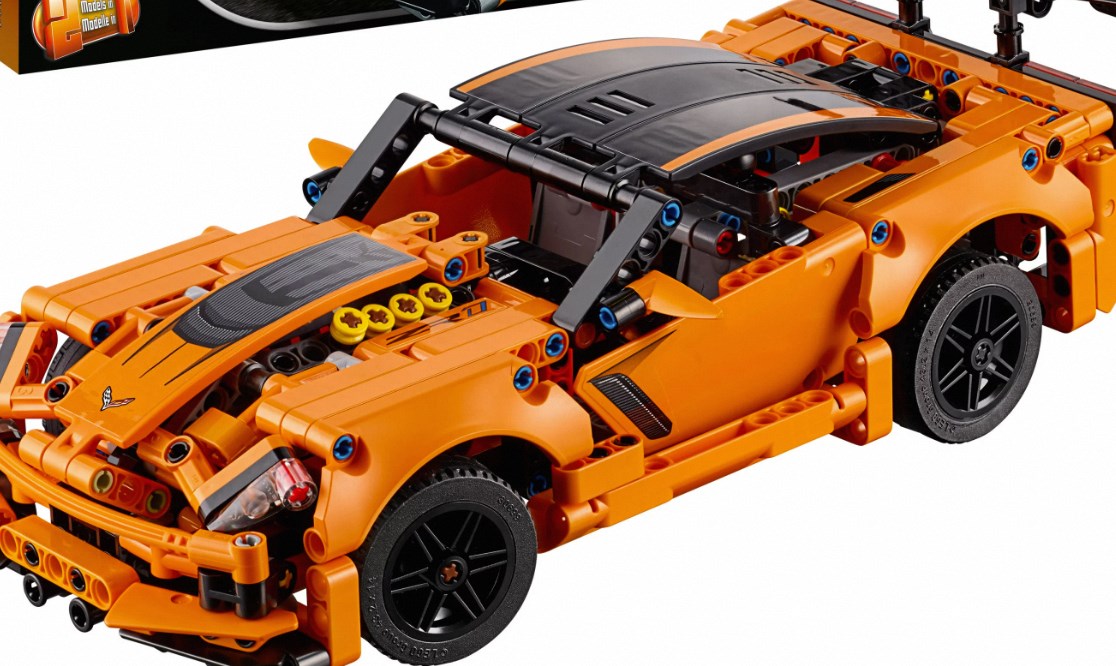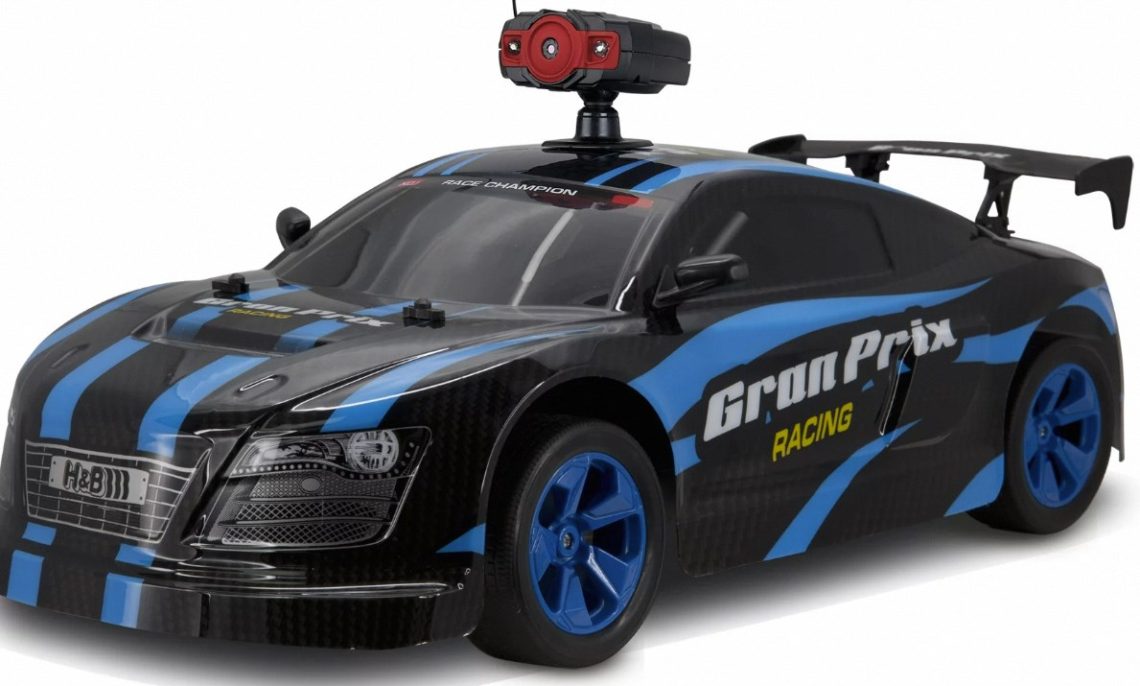The beating heart of any RC car, the motor, is a marvel of miniaturized engineering. It’s responsible for propelling your miniature machine across diverse terrains, dictating its acceleration, top speed, and overall handling. Understanding the intricacies of RC car motors is paramount to unlocking the true potential of your vehicle and sculpting it into an extension of your driving will. So, buckle up and delve into the exciting world of RC car motors!
Part 1: Brushing Up on the Basics

Motor Types: Brushed vs. Brushless
There are two primary types of RC car motors: brushed and brushless. Brushed motors are the simpler and more affordable option. They utilize brushes that make contact with a commutator to transfer electricity and generate rotation. However, brushed motors experience friction from the brushes, leading to higher wear and tear and inefficiencies.
Brushless motors, on the other hand, are the epitome of high-performance RC driving. They employ electronic controls to manage permanent magnets within the motor, eliminating the need for physical brushes. This translates to smoother operation, less maintenance, and superior efficiency, allowing brushless motors to convert more electrical energy into mechanical power.
Understanding Motor Specs
When selecting an RC car motor, deciphering its specifications is crucial. Here are two key metrics to keep in mind:
Kv Rating: Measured in kilovolts (kV), the Kv rating indicates the number of revolutions per minute (RPM) the motor generates for every volt of electricity supplied. A higher Kv rating signifies a faster motor, ideal for achieving high speeds but sacrificing torque for pulling power. Conversely, a lower Kv rating translates to a slower motor with greater torque, perfect for conquering challenging terrains and accelerating from a standstill.

Turn Count: Represented by a number followed by the letter “T” (e.g., 10T), the turn count refers to the number of coils of wire within the motor’s stator. A lower turn count translates to a higher Kv rating and vice versa. Motors with lower turn counts are suited for high-speed applications, while those with higher turn counts provide superior torque for technical tracks.
Part 2: Delving into Brushed Motor Performance
Maintenance Matters
Brushed motors, although simpler in design compared to brushless motors, necessitate regular maintenance to uphold optimal performance. The brushes within brushed motors are subjected to wear over time, resulting in decreased efficiency and potential sparking. It’s essential to routinely inspect the brushes and replace them when signs of wear become evident to maintain consistent performance. Additionally, ensuring that the commutator, a critical part of the motor, remains clean and free of debris is crucial for smooth operation. A dirty or debris-laden commutator can hinder the motor’s efficiency and lead to performance issues. By following a regular maintenance routine that includes inspecting and replacing brushes as needed and ensuring the cleanliness of the commutator, enthusiasts can prolong the lifespan of their brushed motors and sustain reliable performance. This maintenance regimen not only ensures consistent and efficient operation but also helps prevent potential damage to the motor, thereby extending its operational longevity.
Unleashing Brushed Motor Potential
Despite their inherent limitations, brushed motors still offer impressive performance capabilities. Upgrading the motor can significantly enhance your RC car’s driving experience. Consider opting for a higher quality brushed motor with improved construction materials and better heat dissipation for extended lifespans and sustained power delivery.

Part 3: Unveiling the Power of Brushless Motors
The Epitome of RC Performance
Brushless motors have emerged as the pinnacle of RC car performance, delivering an array of significant advantages that set them apart from their brushed counterparts. Their superior efficiency not only ensures longer run times on a single battery charge but also translates to exceptional power delivery and minimized maintenance requirements. This efficiency contributes to extended racing sessions and consistent performance, making brushless motors a popular choice among enthusiasts seeking sustained and reliable operation. Furthermore, brushless motors excel in high-speed applications, delivering impressive top speeds and acceleration, while also demonstrating exceptional performance on technical tracks. Their unparalleled control and responsiveness make them an ideal choice for navigating intricate turns and demanding terrain, providing enthusiasts with the agility and precision required for competitive racing.
Unlocking Brushless Potential
Fully optimizing the potential of a brushless motor requires the integration of a compatible Electronic Speed Controller (ESC). Functioning as the brain of the brushless system, the ESC plays a crucial role in regulating the flow of electricity to the motor, ensuring precise control and smooth, reliable operation. To achieve optimal performance and longevity, it is imperative to ensure that your ESC is properly matched to the specific specifications of your brushless motor. This includes considerations such as the motor’s Kv rating, maximum current capacity, and voltage compatibility. Selecting an ESC that aligns with these parameters is essential for harnessing the full capabilities of the brushless motor and preventing potential performance issues or damage. By pairing the brushless motor with a well-matched ESC, enthusiasts can extract the most from their RC car’s powertrain, resulting in improved efficiency, responsiveness, and overall performance on the track.

Part 4: Choosing the Right Motor for You
Consider Your Driving Style
Selecting the optimal motor for your RC car largely hinges on your driving preferences and the specific demands of the racing environment. If you have a penchant for high-speed runs and prioritize exhilarating straightaway blasts, a high-Kv brushless motor with a lower turn count is the recommended choice. Such a motor configuration is tailored to deliver exceptional top speeds, making it well-suited for open tracks and drag racing scenarios. On the other hand, for technical tracks that require precise control, maneuverability, and strong low-end power, a lower-Kv brushless motor with a higher turn count is better suited. These motors are engineered to provide enhanced torque and smooth power delivery at lower speeds, facilitating greater control and agility in navigating intricate turns and challenging terrain.
Matching Motor to Your Car

Remember, the motor is just one component of the intricate RC car ecosystem. Consider the overall weight and gearing of your car. A heavier car might require a more powerful motor to achieve desired performance. Gearing adjustments can also fine-tune your RC car’s characteristics. Experimenting with different motor and gearing combinations allows you to tailor your car’s performance to perfectly match your driving style and conquer any terrain.
By understanding the intricacies of RC car motors and their specifications, you can transform your RC car into a finely tuned machine that embodies your driving desires. With the right motor propelling you forward, the racetrack (or backyard course) awaits your domination!





